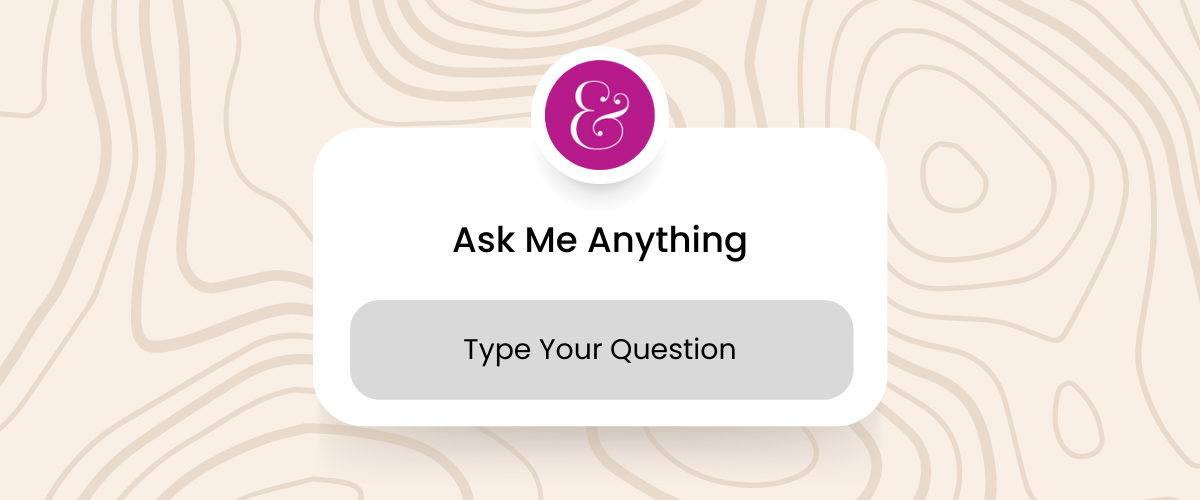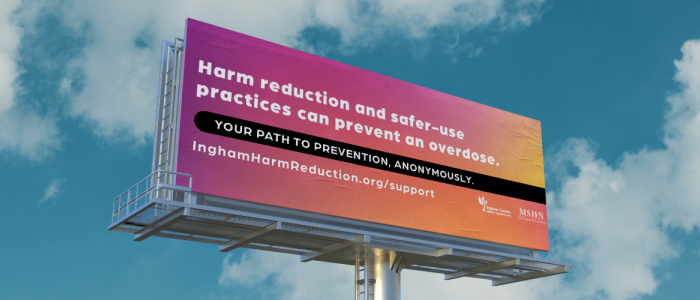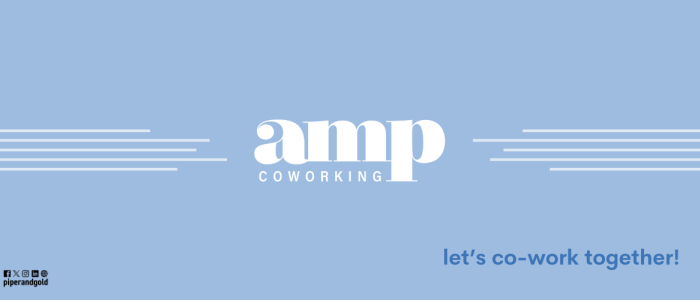
Written by Kate Snyder, APR and Kendall McCarthy
What does it mean to “lead” engagement?
For me, it always starts with the why. And in engagement, the why typically centers around the problems we’re trying to solve. We have to make sure that we have a group of people who will respond to the problems they learn about, and people who feel comfortable sharing what they’ve encountered because they have confidence that someone cares and will act.
Engagement is a chance to focus on listening to your community members and identifying opportunities to provide solutions. Whether that opportunity is creating a space for others to speak their truth or finding ways to connect citizens around shared values and concerns, leading engagement is about working to find solutions to the problems you’ve discovered.
When I’m engaging and listening, I like to ask people, “What would you do if you had the power?”
Systemic problems, communications problems, policy problems… they’re about power. And we can’t expect people to give us policy solutions during a focus group. It’s not why people are there, and it’s not why WE are there. But we can ask them what them what success would look like. Yes, expect to hear the problems and the struggles. Then, ask questions to understand and LISTEN.
One of the most insightful questions you can ask is, “If you could fix this, how would you?” Solutions have to be created in community. As communicators, we can make recommendations, provide resources, draw connections and help to create a real impact. But we should never do that in a silo. Engagement gives us that first step toward shared solutions. If you find yourself suggesting solutions or sharing ideas while gathering feedback STOP. TALKING. I catch myself doing this all of the time. Just stop. Listening and letting people share ideas and solutions must happen independently of reflecting on how to implement those solutions.
The same questions you may ask others you’re trying to serve, are questions you should ask of yourself.
- What is my/your vision for change?
- What do I/you wish people knew and understood?
- How does this connect to my/your existing circles of influence?
- Where else do I/you need to be able to effect change?
- How can I/you create action?
- Whose voices do I/you need to actively seek out?
- Who else is already having this conversation?
- Can I/you add something new, or should I/you connect with those already doing this work?
Engagement shouldn’t stop at listening. To truly be of service in leadership, always be thinking about resources, networks, connections that can be leveraged.
The International Association for Public Participation has a model describing a spectrum of public participation:
- Inform: Help people understand what’s already happened or is happening within the community. All you ask of them is to listen.
- Consult: Ask people for feedback on what’s going on in the community.
- Involve: Work with people to make sure that all voices are heard.
- Collaborate: Get people involved in creating and picking the best solution for the community.
- Empower: Place the ultimate decision-making power with community members.
<chef’s kiss>
What does leading engagement look like in practice? When the Tri-County Regional Planning Commission (TCRPC) developed its Comprehensive Economic Development Strategy, it did a lot of listening. As an engagement step toward the end of the process, Piper & Gold was tasked with getting people to care about the draft plan and engage with it. To do this, we met area residents, creatives, public officials, urban planners, developers, arts and cultural professionals and others where they were at to make engagement convenient and <gasp> fun?
The Arts Council of Greater Lansing’s 2018 Creative Placemaking Summit gave us an opportunity to evaluate some of the proposed plan goals while it was still open for public comment. Throughout the planning process, robust feedback was solicited from stakeholders, so for the Summit, we chose to explore some of the action steps that would help us implement the goals, specifically focusing on the Culture and Lifestyle segment by asking open-ended, action-oriented questions as not-boringly as possible.
Prompts designed to address multiple plan goals were developed and hand-illustrated onto large “walls” installed in the Summit main hall. A graffiti style was intentionally used to signify to attendees it was OK to write on the walls, and a park set-up — complete with “grass,” a park bench, fall leaves and a bicycle — drew attention to the exhibit area. Facilitators remained in the area to encourage people to engage and to answer their questions. Through this event, community members were able to connect with TCRPC and each other to discuss the new plan.
Part of leading engagement is creating the opportunity for it where it doesn’t exist. And that looks a LOT like listening. Once you’ve listened and established the ways you are choosing to step up and lead, next comes the ultimate tie-in. It’s time to connect.





